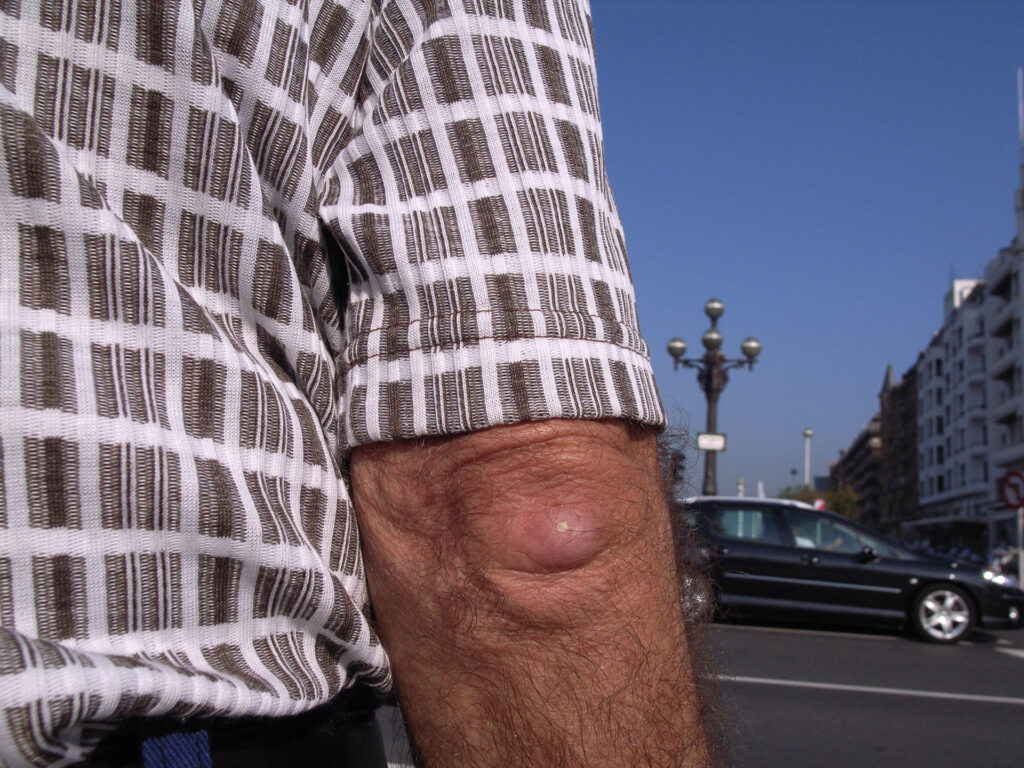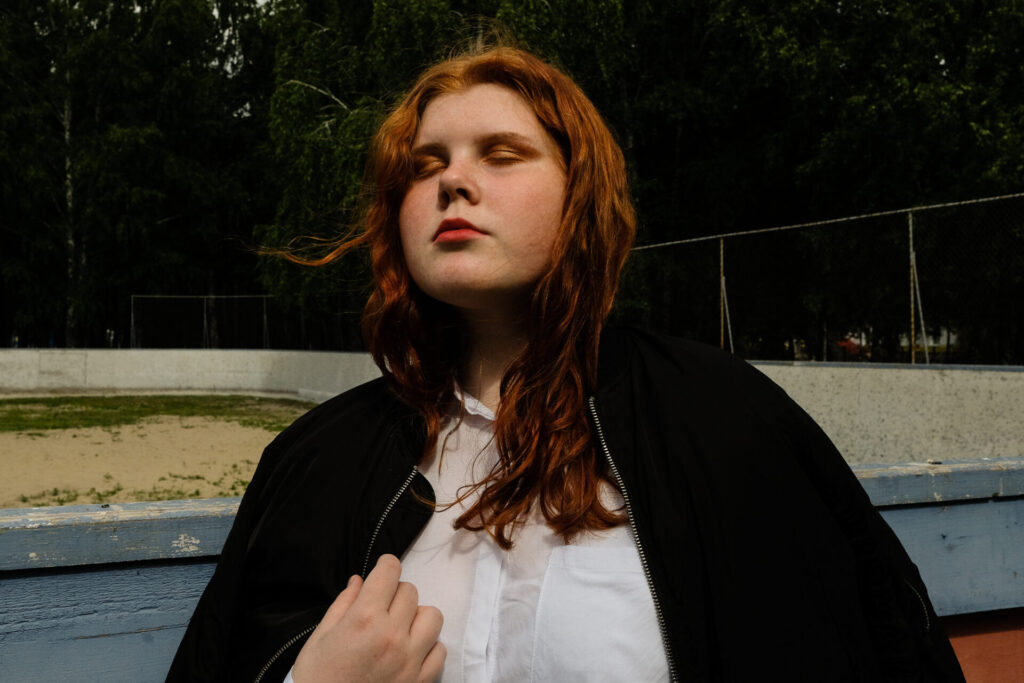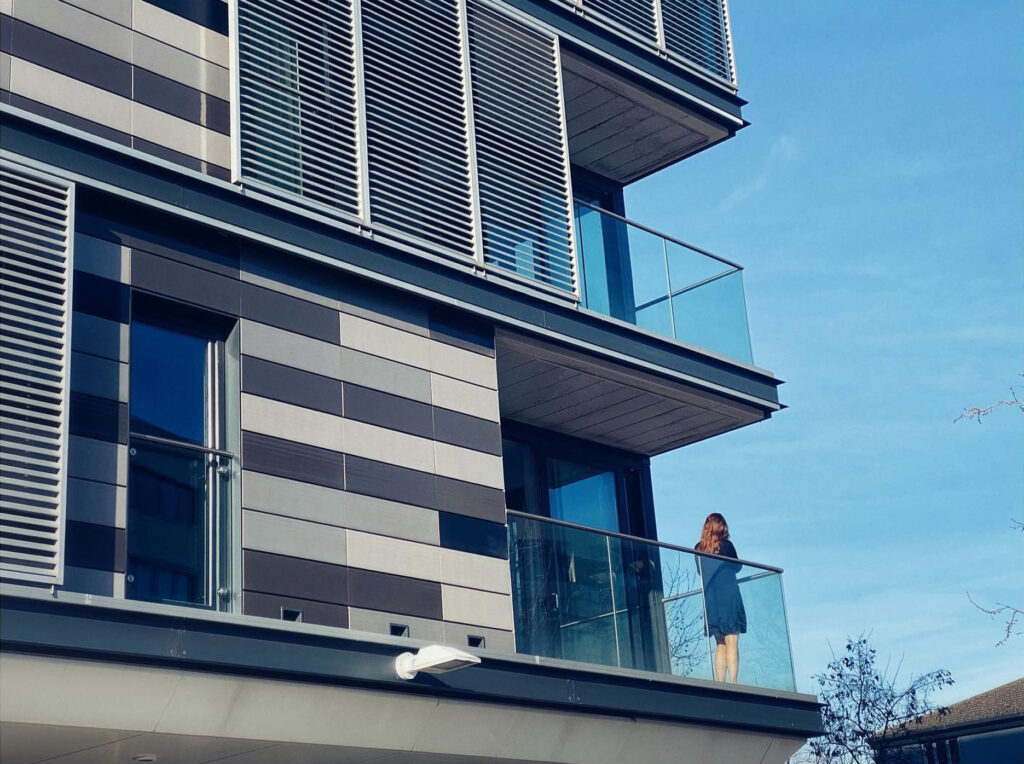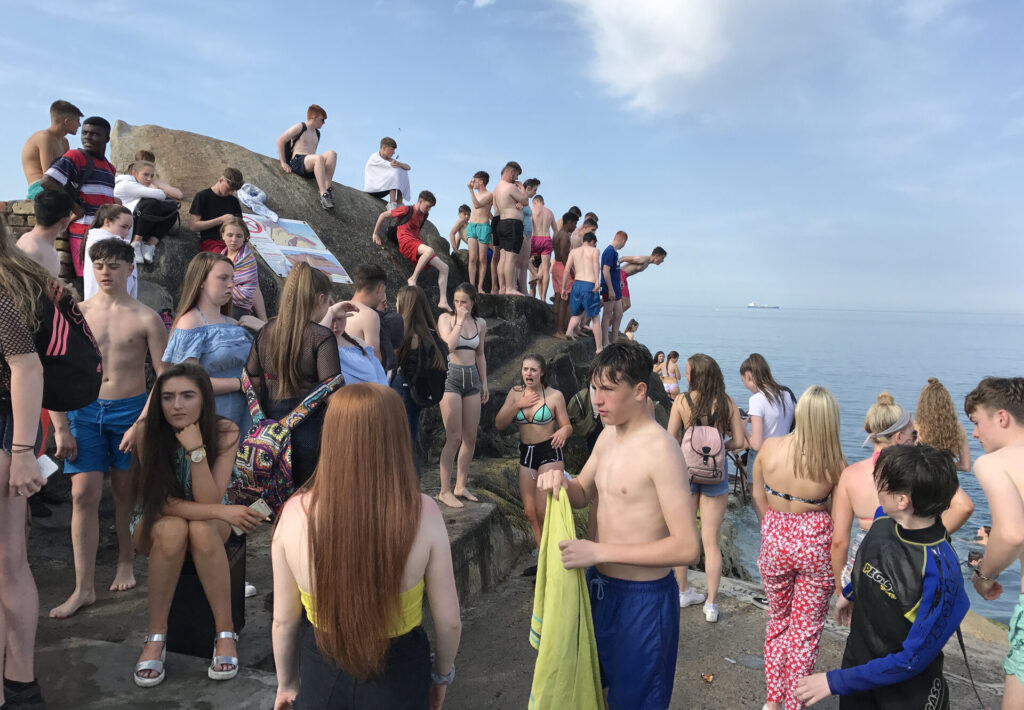Street photography focuses of capturing candid moments of the average everyday life within public areas, moreover it focuses of people within their on environment. Its portrayed by its unmediated, spontaneous nature. It further focuses on capturing the essence of a moment, this is instead of staging or manipulating it.
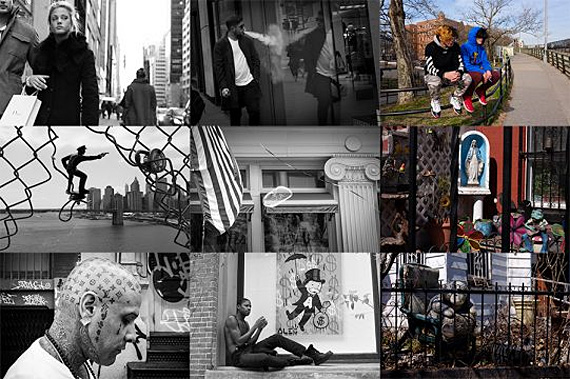
History of street photography
During the beginning of street photography, street photography was not super common, this is due to the cameras of the time being too bulky and heavy. Nonetheless, the introduction of the portable camera in the early 1900s allowed photographers to take spontaneous pictures on the streets. Pioneers such as Henri Cartier-Bresson and William Klein in the 1920s and 30s, photographers laid the groundwork for contemporary street photography by utilizing handheld cameras to document daily life in the urban areas they lived in.
During the 1950s and 60s, street photography really took off because cameras and film became faster and easier to use. Photographers like Robert Frank and Garry Winogrand showcased the essence of post-war America, capturing the evolving social and political scene of the nation. In the 1970s, street photography turned more reflective, with artists like Diane Arbus and Lee Friedlander diving into themes of identity and feelings of isolation in their pieces.
Key Movements
Pictorialism : This movement emerged in the late 1800s/ early 1900s, it was identifiable by a soft focus and painting like aesthetic. Pictorialist photographers frequently took photos of urban environments and everyday life, capturing candid street scenes.
The new Vision : This movement was popularised in the 1920s and was characterised by a focus on the formal elements of photography. This includes lines/shapes and patterns. New Vision photographers often experimented with angles and perspectives to create abstract photos.
Humanism : This movement started in the 1930s and was shown by a focus on human emotion and experience. Humanist photographers usually captured candid moments of people in public areas, highlighting the struggles and joys of the average everyday life.
Documentary : This movement started in the 1930s and was characterised by a focus on social problem, issues and political events. Documentary photographers often captured images of poverty, war and social injustice. They used photography as a mean of activism and social change.
Modernism : This movement emerged in the 1950s and was characterised by a focus on the aesthetic qualities of photography, such as light, shadow, and texture. Modernist photographers most commonly captured abstract and minimalist images of the urban environment.
Postmodernism : This movement emerged in the 1980s and was highlighted by a rejection of the traditional ‘rules’ of photography. Postmodernist photographers often used irony and humour to critique society and challenge the idea of photographic truth.
IN-PUBLIC
In-Public is a global community of street photographers that works together as a group. It was founded in 2000 by Nick Turpin to unite photographers with similar interests for the purpose of organizing exhibitions, creating books, running workshops, and advancing the art of street photography.
